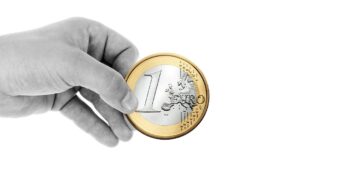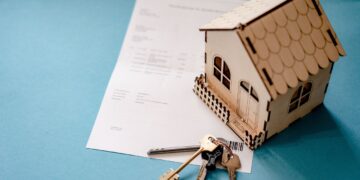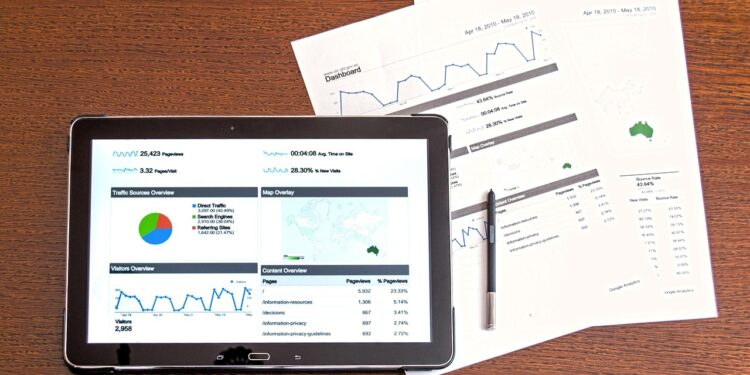Mastering Your Finances: Key Steps to Crafting an Effective Debt Payoff Plan
Debt can often feel like a heavy chain holding back your financial progress. Whether it’s from student loans, credit card bills, or a mortgage, finding the right strategy to manage and eventually eliminate debt is crucial for achieving financial freedom. In today’s article, we will explore the essential steps to create an effective debt payoff plan that not only helps reduce your financial burden but also paves the way for a secure and prosperous future.
Understanding Your Debt
Before you can start paying off your debt, you need to fully understand what you’re dealing with. List out all your debts, including the creditor, total amount of debt, monthly payment, and interest rate. This overview provides a clear picture of your financial obligations and is the first step in creating an effective debt payoff strategy.
Common Questions about Debt Analysis:
- Why is knowing the interest rate important? – Higher rates mean that debt grows faster. Prioritizing these can save money on interest over time.
- Should I consider the debt’s age? – Yes, older debts might impact your credit score differently and can have different legal implications.
Setting Realistic Goals
Once you understand your total debt, the next step is to set clear, achievable goals. Are you looking to pay off your debt as quickly as possible, or do you need to adjust the timeline to accommodate your monthly budget? Setting realistic goals based on your income and expenses is crucial.
Strategies to Define Your Goals:
- SMART Goals: Ensure your goals are Specific, Measurable, Achievable, Relevant, and Time-bound.
- Priority Debts: Consider paying off high-interest or high-impact debts first such as credit card debts to avoid excessive charges.
Choosing the Right Strategy
There are several popular methods for debt repayment that you can consider. The Snowball Method involves paying off debts from smallest to largest to build momentum, while the Avalanche Method focuses on paying debts with the highest interest rates first. Each has its merits, and your choice will depend on what feels more motivating and aligns with your financial scenario.
Other Effective Strategies:
- Balancing Methods: Some individuals might find a hybrid approach more suitable, where they address high-interest debts while simultaneously closing smaller accounts.
- Debt Consolidation: This involves taking a new loan at a lower interest rate to pay off multiple high-interest debts, simplifying your payments and potentially reducing your monthly financial burden.
Crafting Your Budget
A well-planned budget is the backbone of any effective debt payoff plan. It involves understanding your monthly income and expenses and finding ways to reduce spending and increase savings. Allocate a part of your savings specifically for debt repayment. Tools like budgeting apps or spreadsheets can be immensely helpful in tracking your progress.
Tips for Effective Budgeting:
- 50/30/20 Rule: Spend 50% on needs, 30% on wants, and allocate 20% towards savings and debt repayment.
- Periodic Review: Regularly revisiting your budget helps adjust for any changes in financial circumstances or goals.
Monitoring Your Progress
Keeping track of your debt repayment journey is essential for staying on course. Regular check-ins on your progress can help you understand what’s working and what isn’t, allowing for timely adjustments to your strategy. Celebrate milestones to stay motivated throughout your debt payoff journey.
Tools and Techniques for Tracking:
- Debt Payoff Tracker: Use a digital tool or a simple spreadsheet to visualize your repayment schedule and outstanding balances.
- Regular Financial Reviews: Schedule monthly or quarterly reviews of your financial plan to evaluate and improve your approach.
Adjusting the Plan as Needed
Life is unpredictable, and your financial circumstances can change. Adjusting your debt payoff plan in response to changes in your income, expenses, or family obligations is perfectly normal and essential for maintaining financial health. Be flexible, but also maintain a clear focus on your long-term debt freedom goal.
When to Adjust Your Plan:
- Change in Income: Increase in salary or new income sources can speed up your debt repayment by allowing you to allocate more funds towards your debts.
- Unexpected Expenses: In cases of emergencies, revisiting your budget to focus on essentials can be necessary.
Conclusion
Mastering your finances through an effective debt payoff plan requires understanding, planning, and persistent effort. By following the outlined steps—understanding your debt, setting realistic goals, choosing the right strategy, crafting your budget, monitoring your progress, and being flexible with your plan—you can navigate the complexities of debt and set yourself up for a debt-free future. Start your journey today and take control of your financial destiny.
Remember, the road to financial freedom isn’t always easy, but with the right plan in place, it’s definitely achievable!



























































